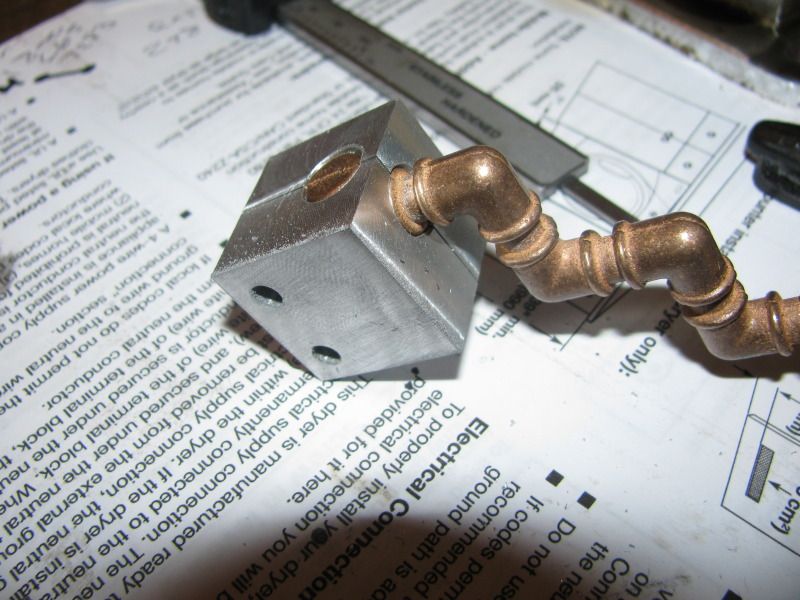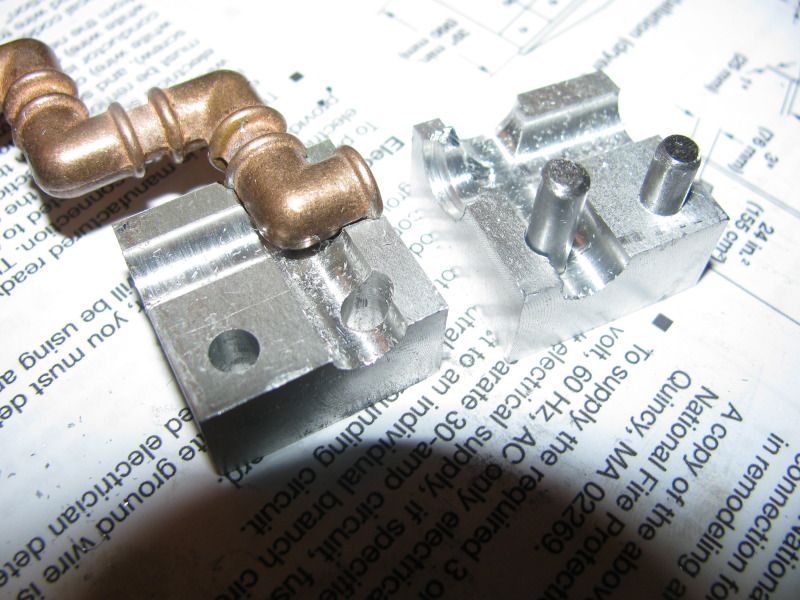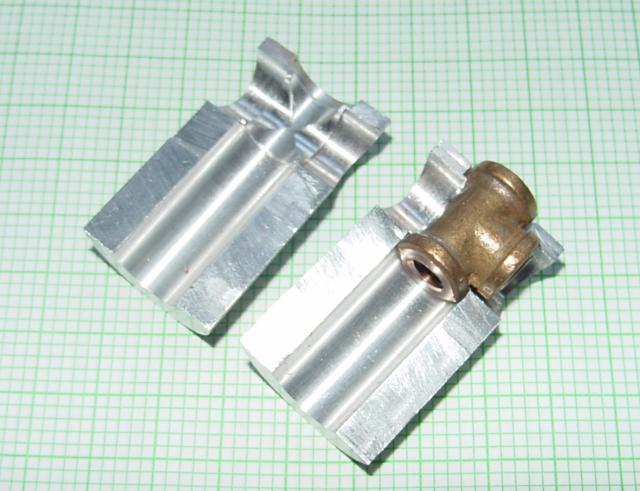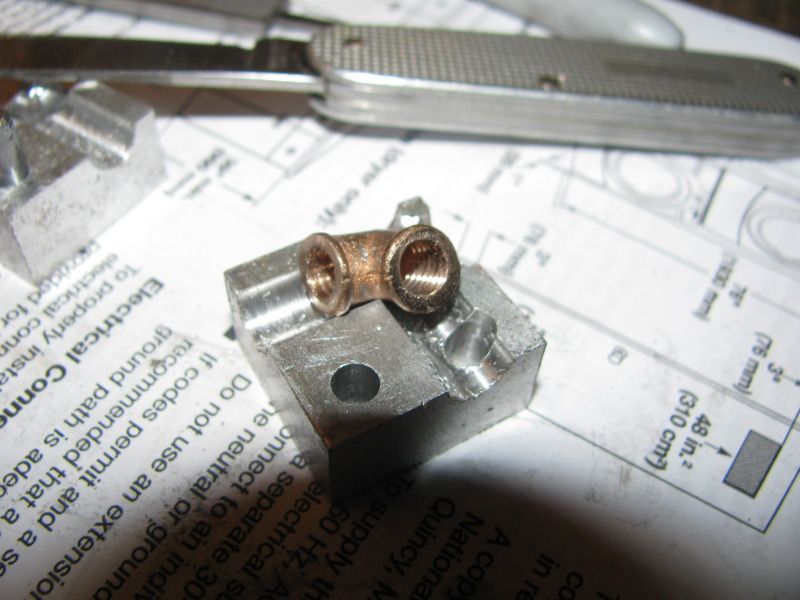I just happen to have saved his photos, so I hope Metal Butcher does not mind me posting them for you.Alan Haisley said:MB,
I'm getting "bandwidth exceeded" msg from Photobucket rather than your pictures. ???
Alan





I just happen to have saved his photos, so I hope Metal Butcher does not mind me posting them for you.Alan Haisley said:MB,
I'm getting "bandwidth exceeded" msg from Photobucket rather than your pictures. ???
Alan




MikeR C said:You might consider looking here for the jig:
http://www.homemodelenginemachinist.com/index.php?topic=6959.msg74371#msg74371
Nice job,
MikeR C




Enter your email address to join: